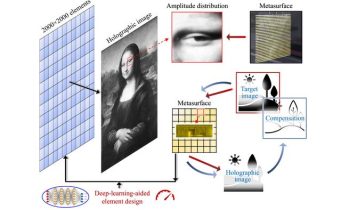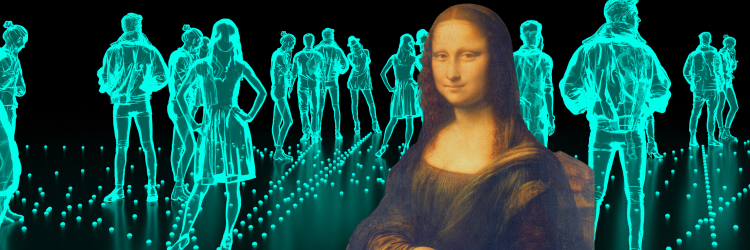Holodeck—Begin Program: Mona Lisa
The holodeck has existed in the Star Trek universe since the pilot episode of Star Trek: The Next Generation in 1987. It used holograms to simulate any environment, including people and may be closer to becoming a reality.
But, what does this have to do with the Mona Lisa?
Holograms are images created by recording, then reconstructing, a pattern of light or sound waves. They can provide realistic, immersive visual or auditory experiences for various fields, including medical imaging, entertainment, and communications.
Researchers from Tianjin University, the Beijing Institute of Technology, Rowan University, the University of Missouri, Qingdao University, Shijiazhuang Tiedao University, and Beijing Jiaotong University developed an acoustic metasurface-based holography technique that uses a deep-learning algorithm. They chose to generate and iteratively improve a hologram of the Mona Lisa.
Metasurfaces are two-dimensional materials made of tiny antenna-like components. They work by precisely controlling the phase and amplitude of the light or sound waves interacting with it.
The team’s new technique customizes those components within the metasurface, allowing them to iterate, reducing inconsistencies between the original and the holographic image, and creating a high-quality hologram. The method successfully reconstructed the famous painting and even created a more detailed hologram of her left eye. The technique can also be extended to create three-dimensional holograms as well.

CREDIT
Miao et al.
The paper’s authors believe their new method can revolutionize holography and plan to explore more ways to generalize it, making it compatible with 3D printing and more.
Find their paper here: https://pubs.aip.org/aip/apr/article/10/2/021411/2893199/Deep-learning-aided-metasurface-design-for

